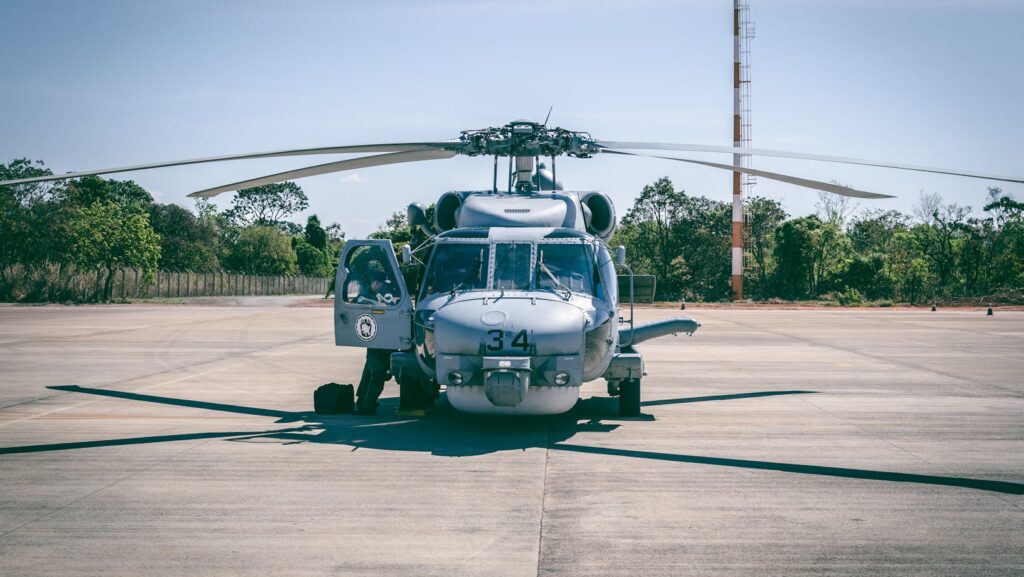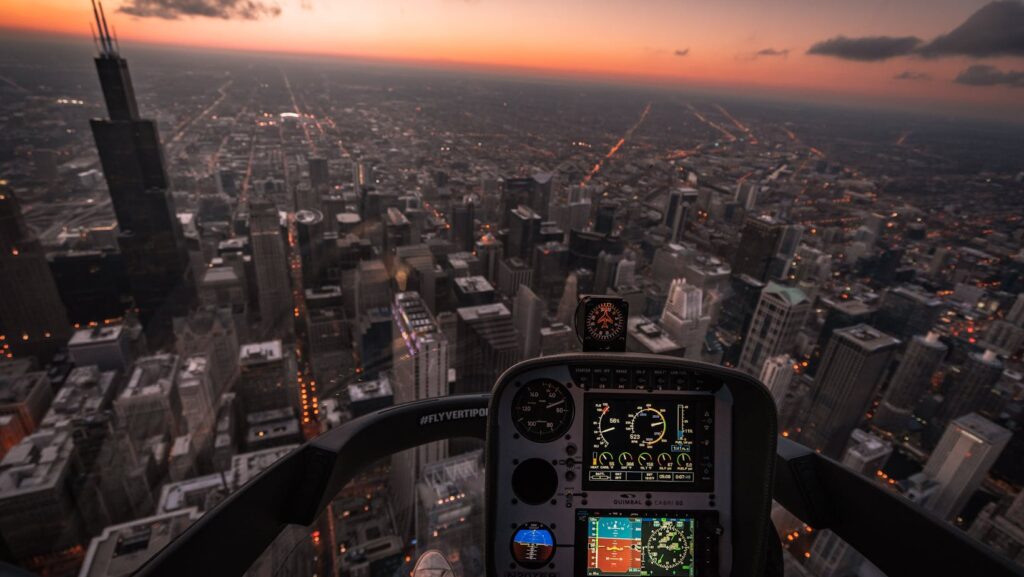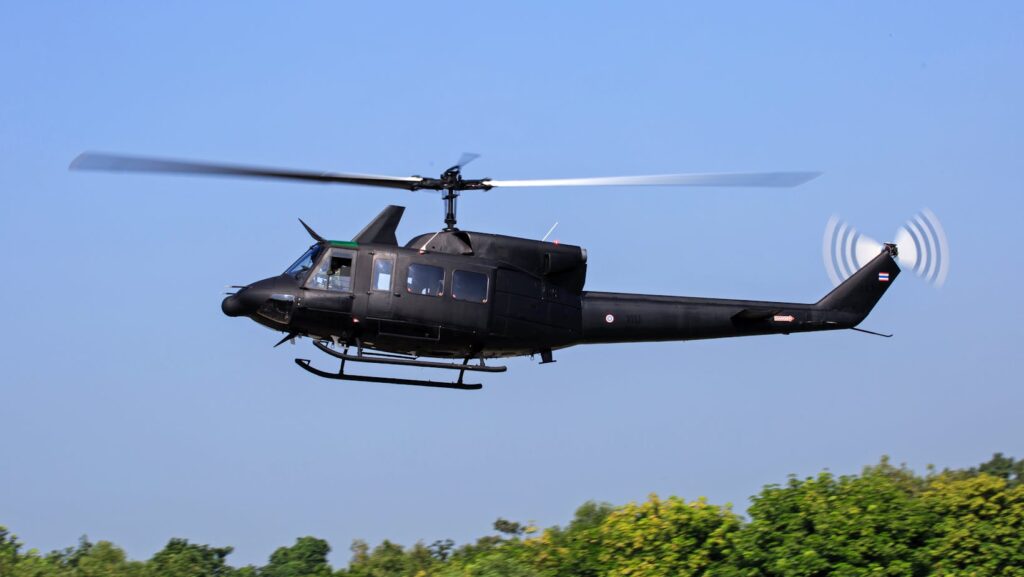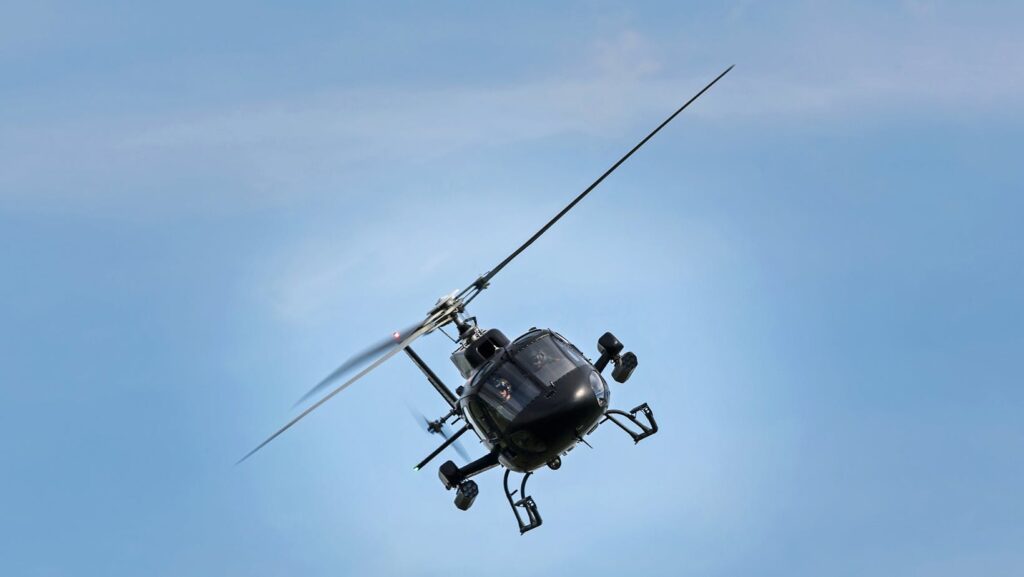Urban air mobility isn’t just a concept from a sci-fi movie anymore – it’s becoming a reality. Companies like Blade are pioneering the way, turning the dream of flying taxis into a practical solution for congested city streets.
Blade Urban Air Mobility
Plunging into the depths of Blade Urban Air Mobility unravels a whole new dimension of urban commuting. An exploration into how the company functions uncovers an innovative realm of transportation.

Blade isn’t just a company, but a revolution in the urban transport space. Innovating with advanced cutting-edge technology, Blade has brought urban air mobility out of the realms of sci-fi movies into the real world. Blade’s aircraft, known for their reliability and efficiency, are set to redefine the future of urban commuting.
Blade employs Vertical Takeoff and Landing (VTOL) aircraft for their services, which, unlike helicopters, offer a quieter, more energy-efficient means of transportation. Blade functions as a platform, linking passengers with operators of various aircraft, including helicopters, seaplanes, and the evolving class of eVTOL aircraft. Passengers book flights through Blade’s mobile app, providing a seamless experience from checking flight availability to boarding the aircraft. At its core, Blade aims to provide a practical solution for congested city streets and an affordable option for urban air mobility.
The Advantages of Blade Urban Air Mobility
The advent of Blade Urban Air Mobility presents myriad benefits, spearheading a greener, faster, and more efficient way of traversing cities. It denotes progress in achieving sustainable and hassle-free urban commuting.
Eco-friendly and Sustainable

Illuminating Blade’s green initiatives, it employs Vertical Takeoff and Landing (VTOL) aircraft. These craft, compared to traditional airborne vehicles like helicopters, consume less energy and emit fewer carbon emissions. For instance, Blade’s VTOL aircraft notably decrease fossil fuel usage, demonstrating viable, eco-friendly air transportation. Passenger experiences, consequently, don’t just boast comfort and speed but also support environmental sustainability.
A Solution to Urban Congestion
Another pivotal advantage of Blade Urban Air Mobility lies in its effectiveness against urban congestion. Gridlock issues frequently plague city streets, effectively snuffing out efficient travel. Unlike conventional means requiring highway or road use, Blade’s VTOL aircraft ascend above congestion, offering commuters swift and easy mobility. As an illustration, a trip from Manhattan to JFK Airport—a drive that can sometimes take hours—is significantly reduced to a mere few minutes airborne skip. Harnessing such innovation, Blade Urban Air Mobility stands as an epitome of smart and pragmatic urban transportation possibilities.
The Challenges of Blade Urban Air Mobility
Despite the revolution in urban commuting brought about by Blade’s VTOL aircraft, some challenges persist in this space. Factors such as regulatory obstacles and concerns for safety and reliability pose a hindrance to the seamless operation of these urban air mobility solutions.
Regulatory Obstacles
Airspace regulation presents a considerable hurdle for Blade’s urban air mobility operations. Restrictions and regulations imposed by aviation authorities, for instance, the Federal Aviation Administration (FAA) in the United States, often restrict the flight paths that these VTOL aircraft can adopt. Constraints like air traffic management, noise control, and local urban planning laws further complicate Blade’s operations. For example, Blade’s entitled to only specific corridors for air travel, limiting its operational flexibility.
Safety and Reliability Concerns

Safety and reliability pose significant concerns for Blade’s urban air mobility solutions. While VTOL aircraft provide commendable ecological and logistical advantages, accidents or mechanical failures can have fatal consequences. The vertical takeoff and landing process itself demands an extremely high degree of precision and control. For instance, in adverse weather conditions, VTOL aircraft may face enhanced risks, questioning their reliability. Thus, maintaining high safety standards and proving consistent reliability remains an uphill task for Blade’s urban air mobility.
Urban Commuting
Blade Urban Air Mobility innovative VTOL aircraft holds promise for revolutionizing urban commuting. This green and efficient method could significantly reduce travel times and bypass congestion. However, it’s not without challenges. Regulatory hurdles and operational limitations pose significant obstacles. Safety and reliability are also paramount, with precision in vertical takeoff and landing and adverse weather risks being major concerns.

